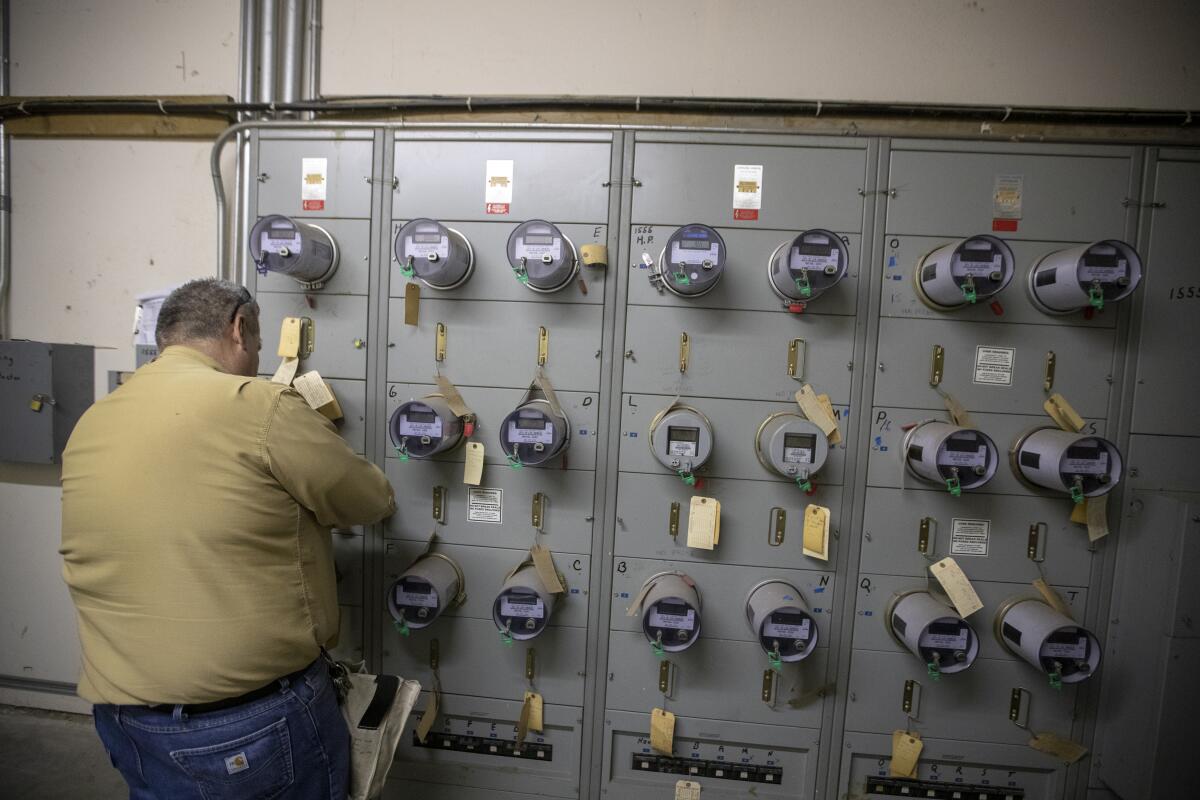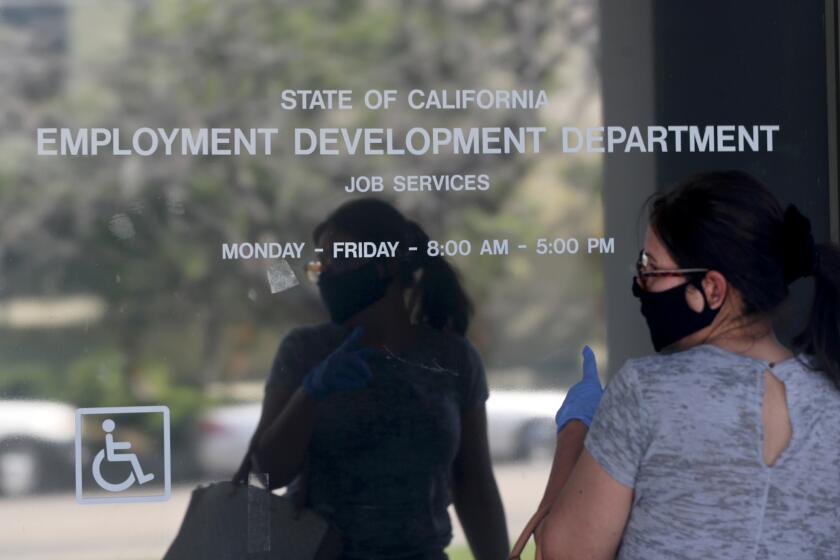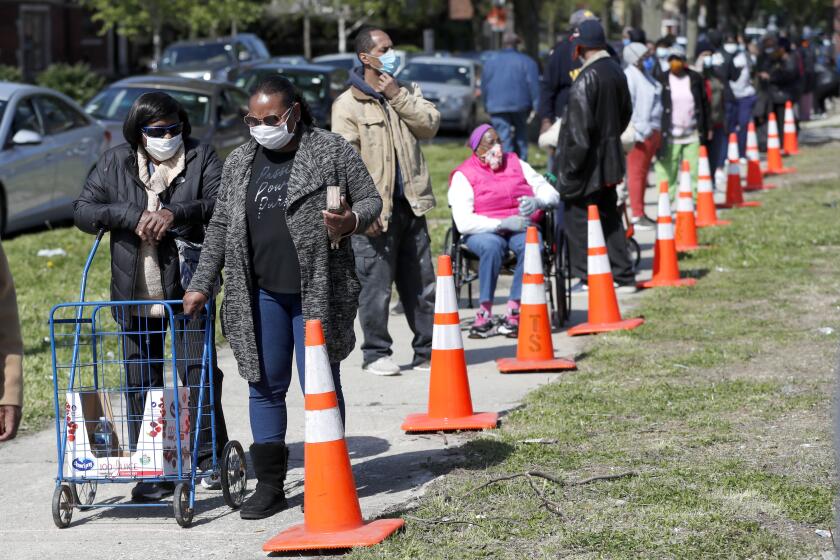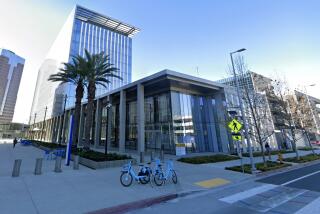States are reopening from coronavirus shutdowns. What happens to frozen utility payments?

WASHINGTON — As states begin to reopen from coronavirus-related shutdowns, a wave of unpaid utility bills coming due will not only saddle Americans still out of work with new debt, it could also drive up rates for everyone.
And the $900 million that Congress provided in the CARES Act to help low-income households pay their utility bills won’t be nearly enough to ease the problem, advocates and experts say.
When states began issuing stay-at-home orders and millions of Americans lost their job due to COVID-19, governors in dozens of states temporarily barred utility companies from shutting off gas, water, electricity and even internet. In other states, utility companies voluntarily agreed not to shut off utilities.
But as states move to reopen, those moratoriums will end, and advocates are already warning that many households won’t have enough money to resume paying their utility bills, much less repay their deferred bill.
“It will become a problem,” said Mark Wolfe, executive director of National Energy Assistance Directors’ Assn., which represents state directors participating in the federal Low-Income Home Energy Assistance Program to help struggling Americans pay their utility bills. “We know it’s coming.”
Nearly 39 million Americans have sought jobless aid since the coronavirus struck.
“We’ve basically wiped out a decade worth of job creation in a month and a half,” an economist says. May’s unemployment figures will probably look even grimmer.
The association estimates that as many as 36% of households nationwide may now fall into the income bracket that qualifies them for help through the program. Before the pandemic about 28% qualified, though far fewer actually received help, largely due to a shortage of funds.
The federal program, created in 1981, provides $3.74 billion nationwide annually. How and where that money is spent largely depends on state rules. Consumers can qualify if they earn less than 150% of the federal poverty rate, or 60% of the state median income.
Californians must earn less than 60% of the state’s median income of $88,343 to qualify. So a family of four with an income of $53,006 or less qualifies. The state also considers other factors including the age of people in the family and existing medical needs.
Wolfe said the program normally reaches about 20% of the 32 million eligible households across the U.S. The CARES Act provided another $900 million to the program, enough to subsidize another 2 million homes, Wolfe estimated.
In early May, California received its share — $49.5 million — from the supplemental money approved by Congress.
But it won’t be nearly enough, state officials said. The $206 million that California typically receives each year through the program allows it to only serve about 6% of eligible Californians, said David Scribner, acting director of the California Department of Community Services & Development.
He said applications for utility assistance haven’t begun to increase since the COVID-19 outbreak, likely because the newly unemployed may not be aware of the program.
Wolfe agreed that increased demand for the program’s assistance is temporarily being masked in many states because many people don’t learn that they can apply for help until they get a shut-off notice, and those notices have been suspended in many states.
“At the end of the moratorium we may see a dramatic increase in applications,” Scribner said, predicting that the additional $49.5 million for California will not meet the demand.
Many customers in California won’t need to worry about shut-offs any time soon. The state’s moratorium prohibiting energy, water, sewer and communications companies under its jurisdiction from suspending or disconnecting service for ratepayers who cannot pay their bills ends April 16, 2021.
The moratorium only applies to investor-owned companies, like Pacific Gas & Electric and Southern California Edison, that are regulated by the state. Many public utilities in California, such as Los Angeles Department of Water and Power, have voluntarily suspended shut-offs and can resume them at any time despite the governor’s moratorium because they are not regulated by the state. LADWP said it has suspended shut-offs through the end of the year.
There are already signs of trouble. Southern California Edison, which provides electricity to 15 million people, has seen an increase of nearly 150,000 customers who have fallen behind on their bill payments in the span of one month.
The patchwork of different shut-off policies nationwide may lead to disparities in different states in how long people have to pay the bill and how soon utilities get turned off if they can’t. In half of states there are no statewide orders, so individual utility companies decide. In some states, water can’t be turned off but other utilities can. As in California, most statewide orders don’t apply to utilities not regulated by the state, such as utility cooperatives and municipality governed utilities, which serve about 30% of the country.
Most states don’t require utility companies to publicly disclose the number of shut-offs that occur or how many customers are behind on their bills, so the scope of what is coming as states reopen is difficult to track.
Low-income advocates are pushing Congress for a national moratorium on shut-offs for the length of the national emergency and a six-month grace period to allow people to pay the bills once it ends.
Rather than add money to the Low-Income Home Energy Assistance Program, Jean Su, director of the Center for Biological Diversity’s energy justice program, said Congress needs to provide monthly direct payouts to families.
Backers of direct-cash programs such as universal basic income see new opportunity because of coronavirus relief. And support appears to be growing fast.
“We asked for basically bill forgiveness for this entire period for low-wealth families,” Su said. “The big threat is how crippling the debt will be at the end of this. If the federal government cannot bail people out, then states will have to take it on. And probably the utilities will go to their regulators and jack up rates.”
Utilities are primarily regulated at the state level, and there has been pushback to the idea of a federally mandated ban on utility shut-offs due to unpaid bills because of the pandemic. A national moratorium was removed from the CARES Act in final negotiations, Su said. Democrats are trying again in the new $3-trillion coronavirus spending package that passed the House this month.
Sen. Jeff Merkley (D-Ore.) said a national moratorium and more money for LIHEAP are stopgap measures to keep consumers’ utilities connected until the direct aid in the CARES Act arrives, including enhanced unemployment benefits and stimulus payouts.
“We hope these shock absorbers will be sufficient to avoid a situation where we help people for a few months and then things get turned off,” Merkley said.
Some in the energy industry have been vocal about opposing a national moratorium on shut-offs or a ban on collecting utility debts during the crisis, saying state regulators and the industry are already working together to address the crisis.
“For Congress to engage now seems akin to coming to the table to address a problem after it has already been handled and resolved,” wrote Brandon Presley, president of the National Assn. of Regulatory Utility Commissioners, in a letter to congressional leaders.
Adam Benshoff, executive director for regulatory affairs for the Edison Electric Institute, which represents investor-owned electric companies that provide electricity for more than 200 million Americans, said such moves would make it hard for companies to work with state regulators and customers to develop payment plans.
“A federal moratorium on service disconnections fails to recognize that different states will recover at different times from the pandemic and, instead, imposes a one-size-fits-all approach to recovery when the reality will be very different,” Benshoff said in a statement.
Utilities, regulators and many in the industry are asking Congress for at least another $4.3 billion this year for LIHEAP to be included in the next package, which would more than double what the program received for fiscal 2020. They’ve also encouraged lawmakers to approve aid directly to utilities to cover those who don’t qualify for the low-income assistance program.
States including California are starting to work with utility companies to ensure they won’t immediately call in the debts when the moratoriums lift, but there is no guarantee that millions of low-income people won’t suddenly find themselves owing thousands of dollars.
“If you imagine that somebody hasn’t been drawing a paycheck for three to four months and wouldn’t be able to afford their utility bills during that time ... they’re not going to be magically able to discover three months’ worth of income,” said David Pomerantz, executive director of the Energy and Policy Institute, a pro-renewable energy watchdog group.
Utility companies typically plan for defaults of about 10%, but companies aren’t prepared to absorb the anticipated levels of loss, Wolfe said. California utility companies have not sought a rate increase, but a few companies in other parts of the country have already asked states to allow them to increase rates for all customers, specifically blaming the coronavirus crisis.
“They’ve never had this many customers out of a job,” he said. “They’re not set up to deal with numbers like this.”
More to Read
Sign up for Essential California
The most important California stories and recommendations in your inbox every morning.
You may occasionally receive promotional content from the Los Angeles Times.














